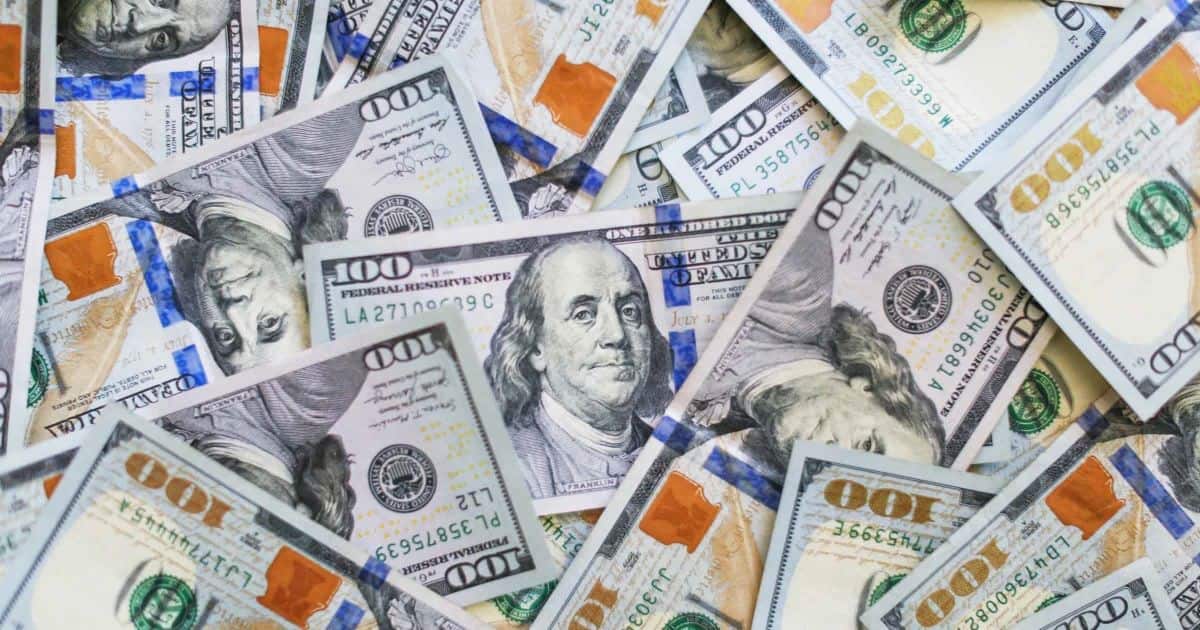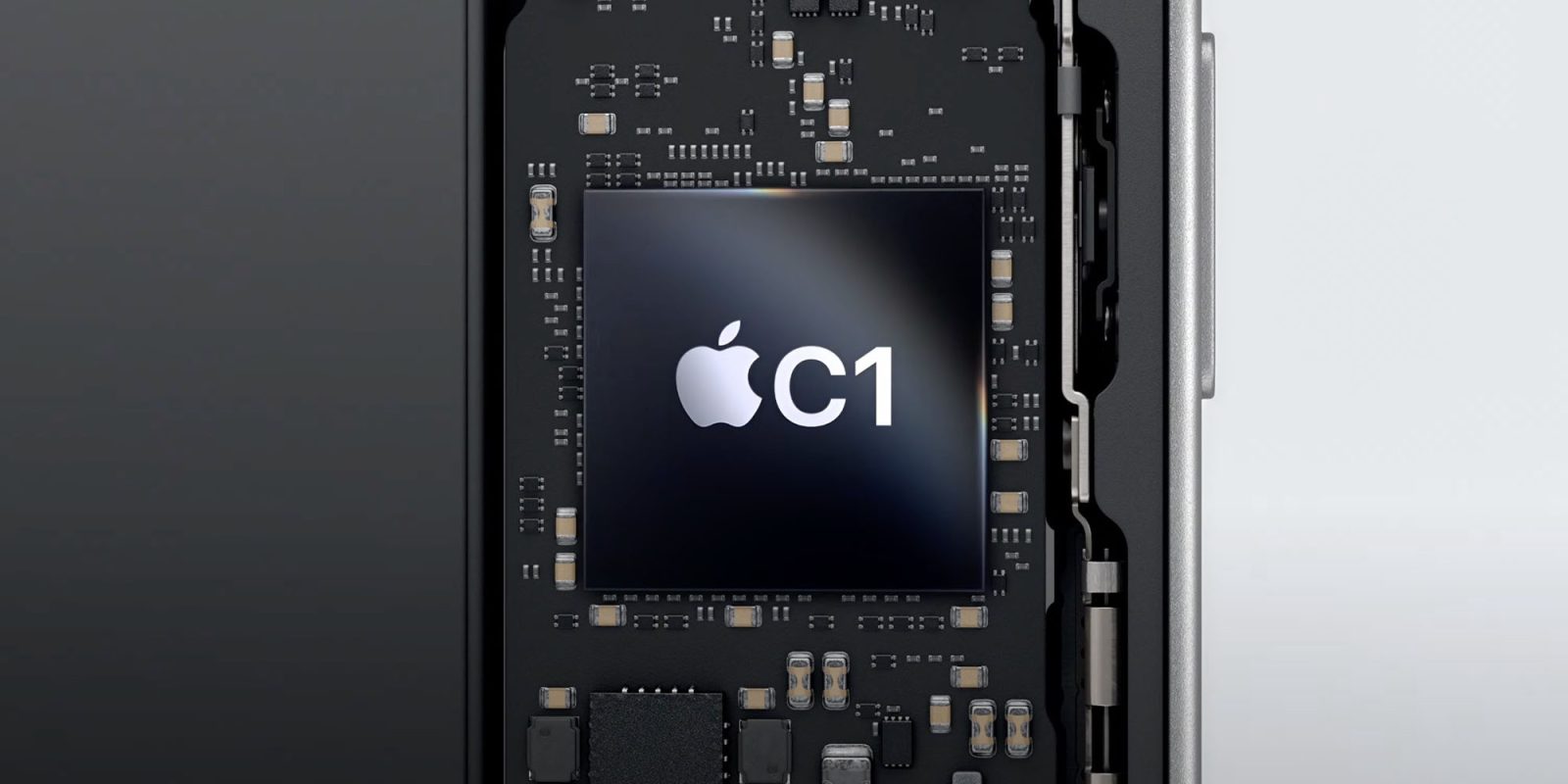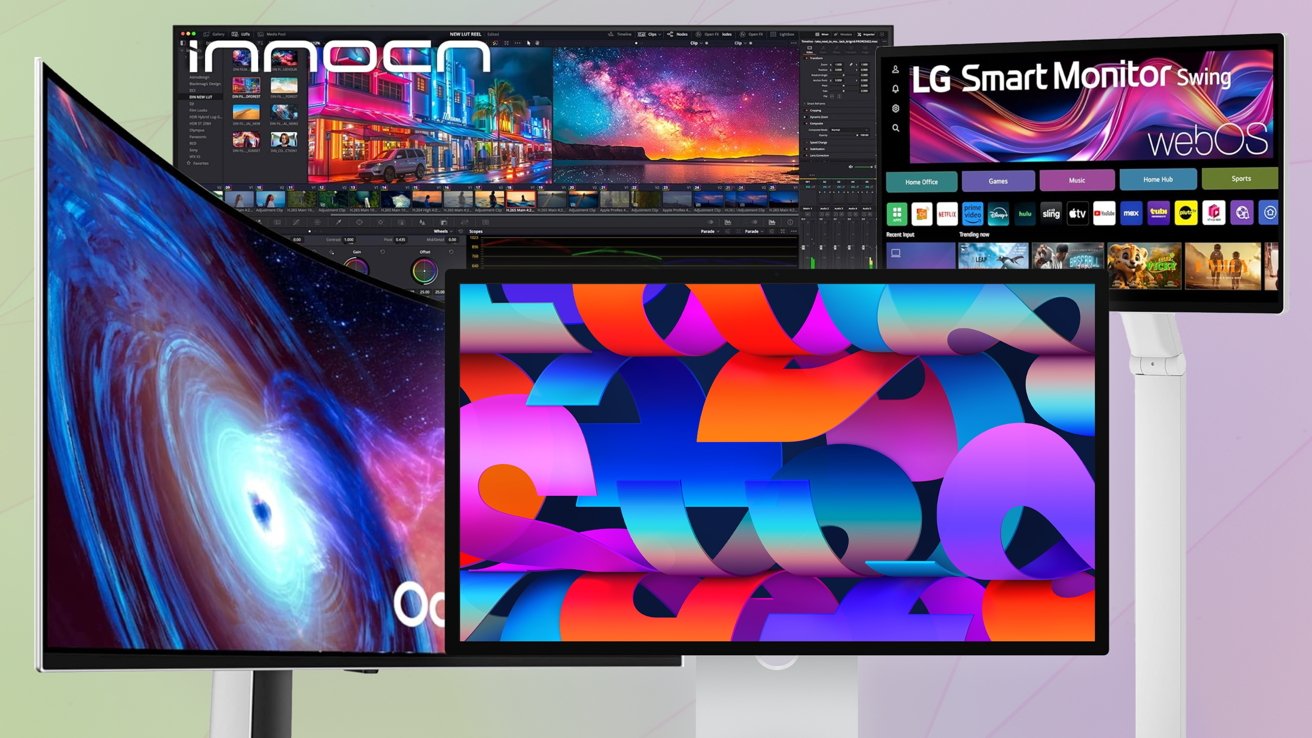In recent times, economic volatility has prompted consumers to engage in panic-buying behaviors, notably in the realm of electronics such as iPhones and MacBooks. This phenomenon mirrors past instances where uncertainty led to mass purchasing of essentials, raising questions about the efficacy and consequences of such actions.
Understanding the Impulse to Panic-Buy
Economic downturns and policy shifts often incite fear among consumers. For instance, the announcement of impending tariffs on imported goods can lead to anticipatory purchasing. A notable example occurred when reports suggested that new tariffs could increase iPhone prices by up to 50%, causing a surge in demand as consumers sought to buy devices before the price hike took effect. This behavior is reminiscent of the early days of the COVID-19 pandemic, where uncertainty led to widespread stockpiling of items like toilet paper.
The Reality of Supply Chain Constraints
While the desire to secure products before potential price increases is understandable, it’s essential to consider the broader context. The global supply chain, especially for electronics, is intricate and often susceptible to disruptions. For example, during the launch of the iPhone 3G, Apple faced significant supply shortages due to overwhelming demand, leading to stock-outs in various regions. Similarly, in 2021, the iPhone 13 and MacBook Pro experienced substantial delays, with shipping estimates extending by several weeks, highlighting the challenges in meeting sudden spikes in demand.
Financial Implications of Panic-Buying
Engaging in panic-buying can have unintended financial repercussions. Purchasing high-ticket items like smartphones or laptops without thorough consideration can strain personal finances, especially if these purchases are made on credit or deplete savings. It’s crucial to assess whether such expenditures align with one’s financial health and long-term goals. Moreover, the fear of missing out on current prices may lead to hasty decisions that overlook potential future deals or product improvements.
Strategic Approaches to Purchasing Electronics
Rather than succumbing to panic-induced buying, consumers can adopt more strategic approaches:
1. Assess Actual Need: Determine whether the purchase is driven by necessity or fear of future unavailability. If your current device meets your needs, it may be prudent to wait.
2. Financial Planning: If a new device is essential, plan the purchase by saving over time, ensuring it doesn’t disrupt your financial stability.
3. Stay Informed: Keep abreast of official announcements from manufacturers and retailers regarding pricing and availability to make informed decisions.
4. Consider Alternatives: Explore other brands or models that may offer similar features at a more affordable price point or with better availability.
The Broader Economic Perspective
It’s also important to recognize that companies may leverage consumer fears to boost sales. For instance, during periods of anticipated price increases due to tariffs, some companies might highlight these potential hikes to encourage immediate purchases. Being aware of such tactics can help consumers make decisions based on need rather than fear.
Conclusion
While economic uncertainties can understandably lead to anxiety about future product availability and pricing, it’s essential to approach purchasing decisions with a clear and rational mindset. Panic-buying, especially of high-cost electronics, may not always be the most prudent course of action. By evaluating actual needs, planning financially, and staying informed, consumers can navigate these uncertain times more effectively, ensuring that their purchasing decisions align with both their immediate requirements and long-term financial well-being.



